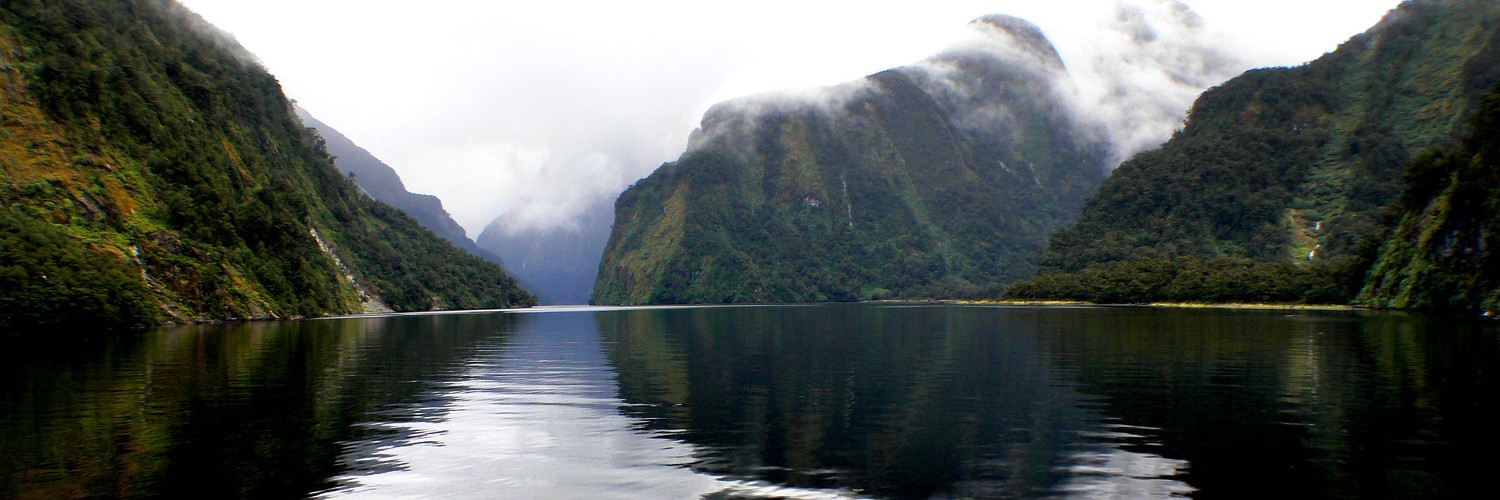An infrastructure deficit
The lack of appropriate infrastructure to go along with tracks and trails was noted repeatedly, in particular a lack of toileting facilities and the impact that has on the environment.
Human waste on our walkway is a huge issue — we don’t handle it at the moment, but we’ll need to put toilet blocks on soon, whose responsibility is it?
Who cleans it? It should be a central government responsibility — we lease to farm, any other cost outside that should sit with the crown.
— Private landholder with a popular public walkway on land he farms
As well as toilets, the availability of adequately sized carparks or effective public transport options, and shelters on longer trails, was also noted by a number of interviewees.
The infrastructure deficit was particularly hard to deal with for councils with smaller ratepayer bases like Mackenzie District, and for councils like Central Otago District who are often serving as a camping location for visitors who are spending their money in the neighbouring Queenstown Lakes District instead.
Mackenzie has a tiny ratepayer base but a high volume of tourists, so it’s hard to find money to do stuff.
— Trail builder in the Mackenzie District
Who is responsible for providing infrastructure is also difficult to determine. Where a trail is on private land, or crosses multiple land tenures, there is often an assumption that the Department of Conservation will take responsibility, however the Department struggles to find money for this purpose and has no statutory responsibility for tracks and trails on private land. Similarly, local authorities can be wary of investing in infrastructure that may be entirely used by tourists rather than the locals who pay rates that fund them.
We’ve got a track where people camp but DOC won’t put toilets as it’s not the head of the track, QLDC won’t because it’s not their ratepayers using it – who will? There needs to be a fund for that.
— Queenstown Lakes District landholder with public access on their land
Volunteer groups willing to undertake maintenance on tracks and trails can still find it difficult to fund this. While fundraising for small-scale capital expenditure (e.g. signage, equipment) can be done, the ongoing costs are typically trickier to find sponsorship for.
Some roadblocks around funding – most places won’t fund maintenance, so they’ll buy us a weed-eater but won’t fund fuel or repairs.
— Council liaison officer
Another challenge for infrastructure planning is the funding models used by central and local government agencies. These models often require showing existing need prior to building new or expanded infrastructure. When combined with rapid growth and the time-lag of consenting and building processes, this can mean capacity forever playing catch-up to need.
More visitors mean we need more toilets, but our process requires showing evidence of a problem before funding new infrastructure, which isn’t always helpful when we know numbers are increasing and will keep doing so before the new infrastructure is even built.
— Department of Conservation staff

